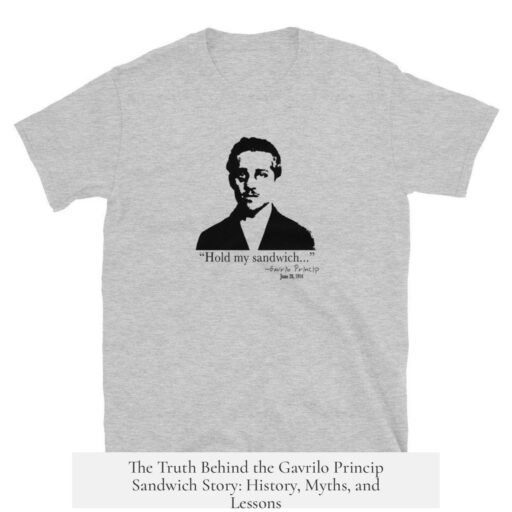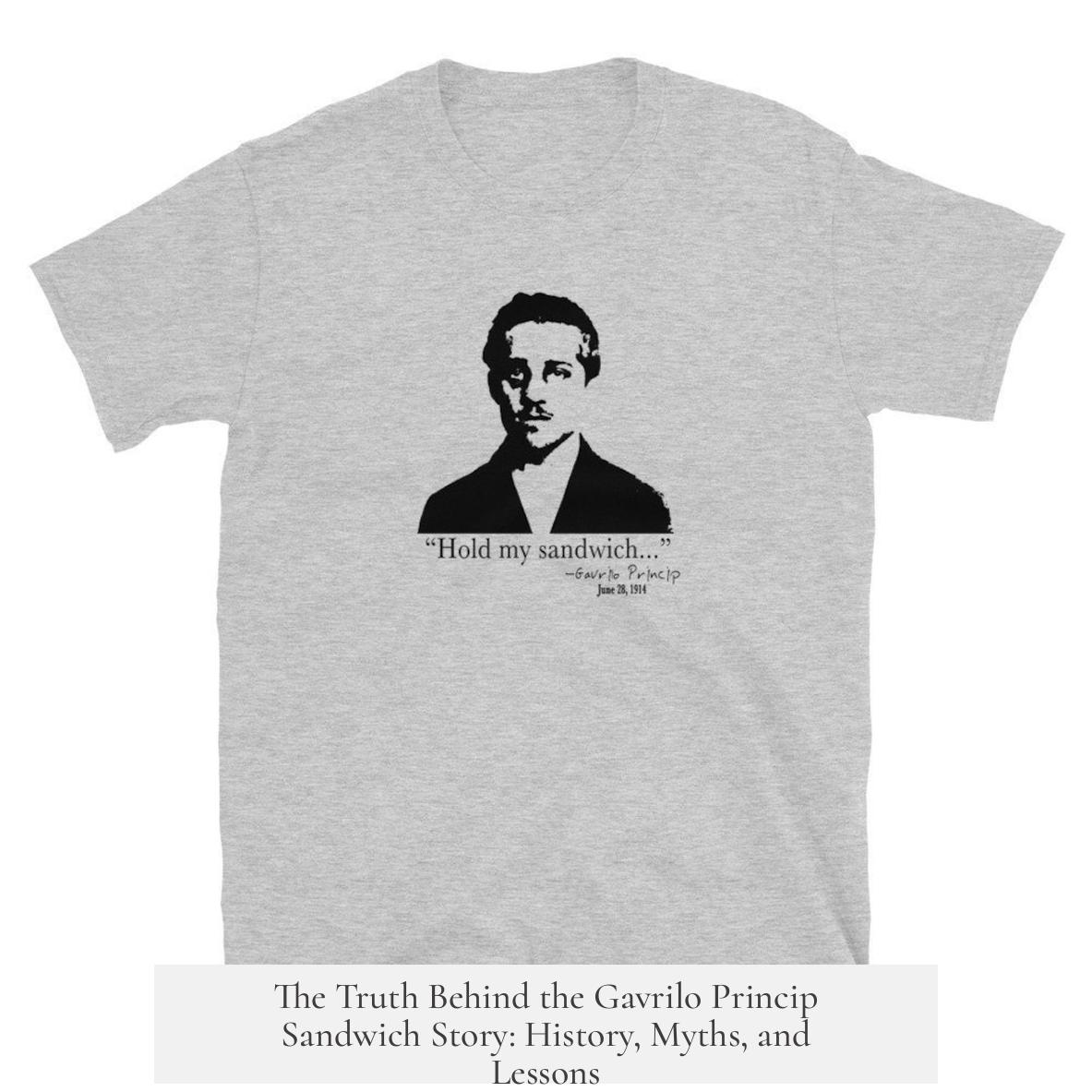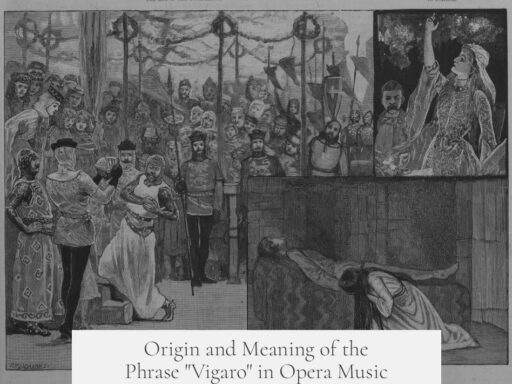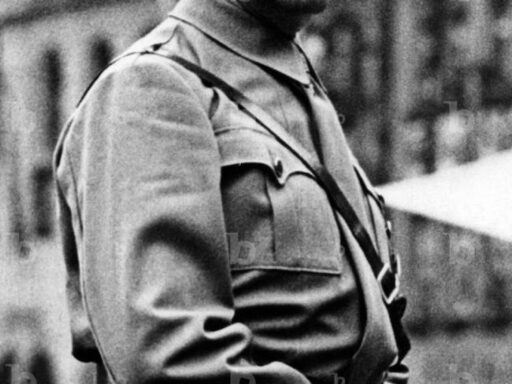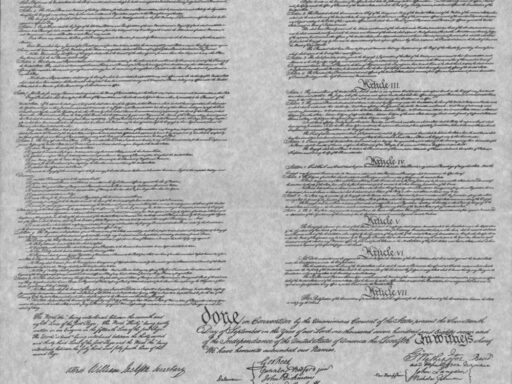The Gavrilo Princip sandwich story is a modern anecdote with no basis in early historical records or serious scholarship. It appears to have originated from a Portuguese novel and later featured in a BBC documentary after 2001. Despite its popularity in some circles, it lacks documentation in major or minor histories prior to that time and remains unverified.
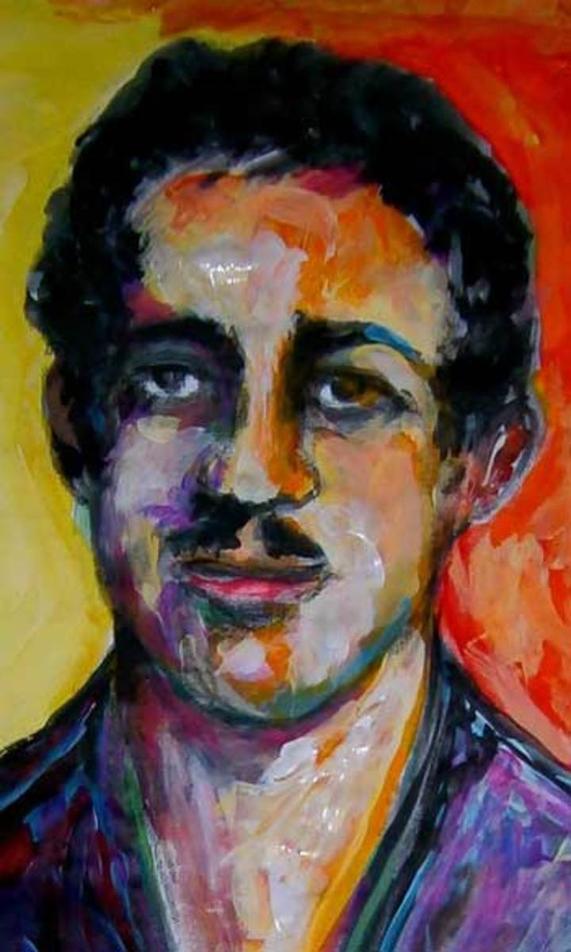
Gavrilo Princip, the man famously known for assassinating Archduke Franz Ferdinand of Austria in 1914, was located outside a deli called Schiller’s at the time of the event. Princip’s presence there is confirmed by trial transcripts and witness accounts, but the historical record does not explain why he was specifically at that location or what exactly he was doing. The assumption that he bought or ate a sandwich there is an inference, not a fact supported by primary evidence.
This sandwich story likely gained traction because people have a natural desire to find causation in major historical events. The assassination of Archduke Franz Ferdinand was a pivotal moment leading to World War I, a monumental event that seems to demand explanation beyond mere chance. Historians note that narratives often become embellished with simple explanations or causal details to make them more relatable and understandable.
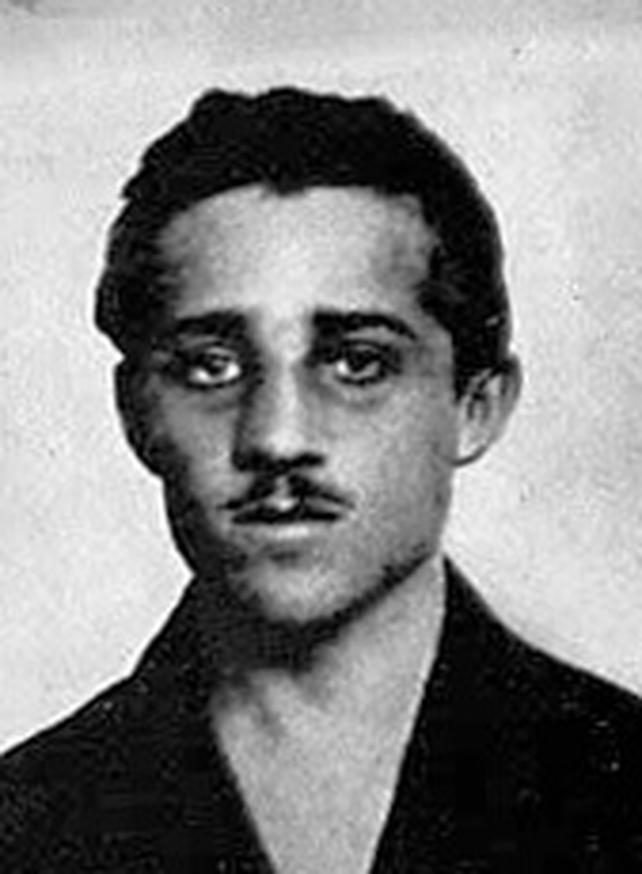
In this case, the reasoning runs as follows:
- Princip was standing in front of Schiller’s deli.
- Schiller’s sold food.
- Princip was therefore possibly hungry and bought a sandwich.
This logic is appealing because it assigns an easily grasped motive—hunger—to Princip’s presence there. However, the evidence from trial records does not provide support for this conclusion. The “sandwich story” is a neat narrative device but remains speculative.
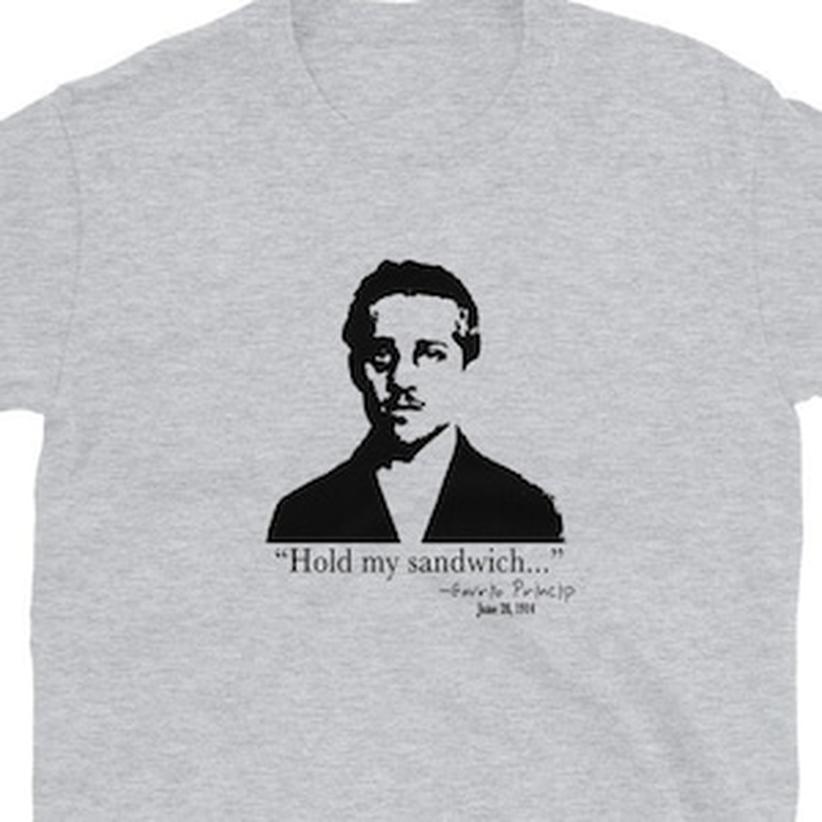
Scholarly perspectives emphasize caution about attributing profound historical consequences to such simple causes. According to historians like Christopher Clark, the outbreak of World War I resulted from a complex combination of human agency, errors in judgment, and systemic failures rather than a single, cunning plan or a straightforward cause such as Princip buying a sandwich. The war’s origins reflect a series of missteps and chance, which conflicts with our cultural craving for clear-cut reasons behind great events.
Moreover, the sandwich story fits into a broader pattern of historical myths where people prefer stories with clear motives and causality. For example, in American history, the shooting of Lee Harvey Oswald by Jack Ruby is often linked conspiratorially to mafia involvement, though evidence is lacking. These narratives simplify complex realities and provide satisfying explanations, even if they ultimately obscure matters.
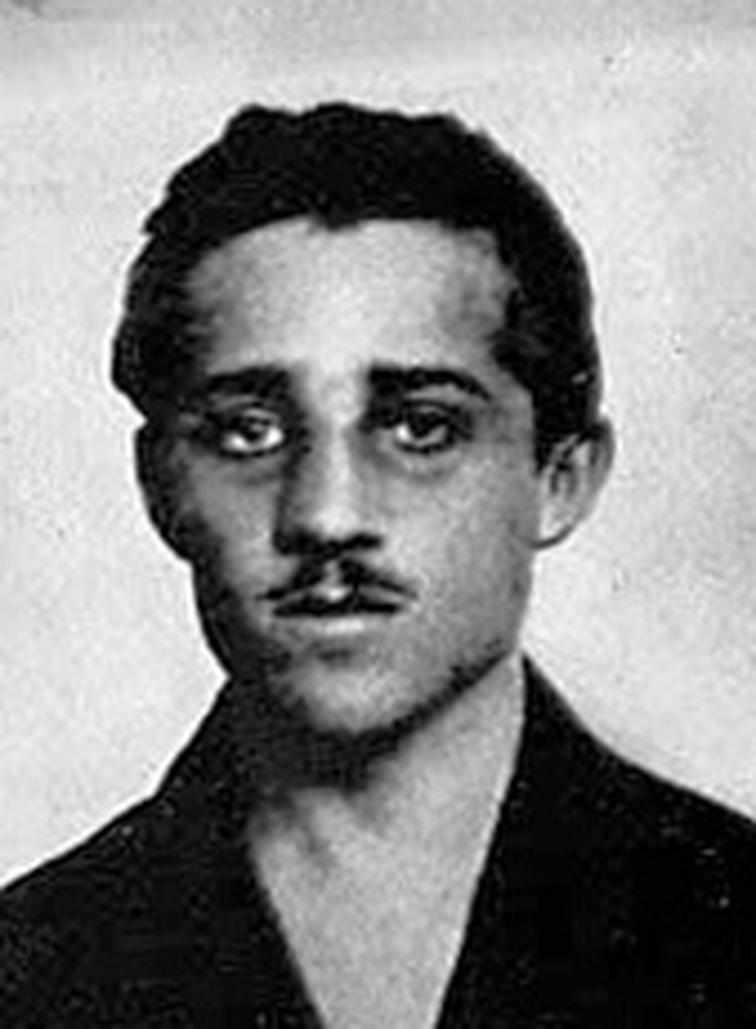
The “Princip sandwich” anecdote demonstrates how modern storytelling impulses can produce appealing but historically unsupported narratives. The real history acknowledges Princip’s position near Schiller’s but stops short of confirming any specific activity like buying or eating a sandwich. It is important that such stories are framed as unverified or speculative rather than factual.
To summarize the key points about the Gavrilo Princip sandwich story:
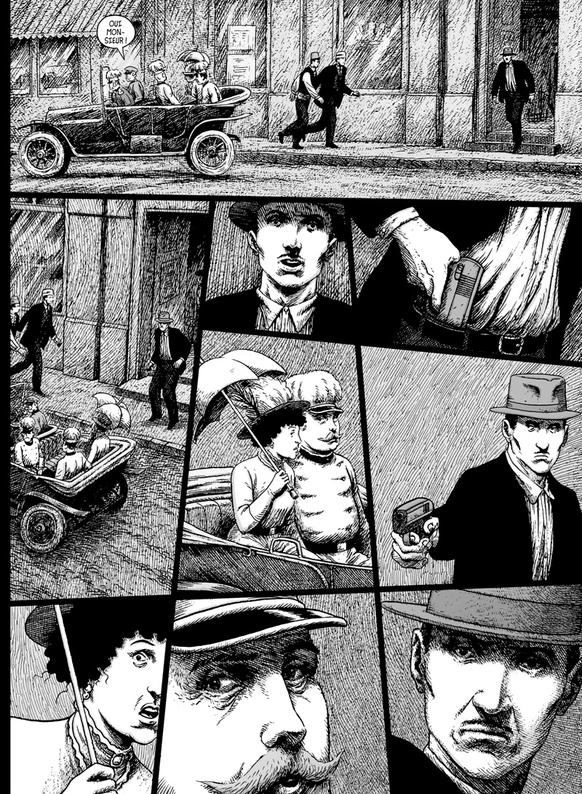
- The sandwich story emerges only in recent decades, notably post-2001, and lacks pre-2000 historical documentation.
- Princip’s presence in front of Schiller’s deli is confirmed, but his reasons for being there remain unclear.
- The sandwich explanation is a casual inference without support from trial transcripts or eyewitness accounts.
- People’s desire for narrative causation fuels acceptance of such stories, especially around monumental events like the start of World War I.
- Historians caution against oversimplifying complex historical triggers through appealing but unsupported anecdotes.
- The analogy to myths such as Oswald’s killing by Ruby reflects a wider trend of attributing malice or clear motives where chance and complexity better explain events.
The Curious Tale of the Gavrilo Princip Sandwich Story: Fact or Fiction?
Did Gavrilo Princip really eat a sandwich right before assassinating Archduke Franz Ferdinand, the event that sparked World War I? The short answer: It’s likely just a juicy piece of historical fiction rather than established fact.
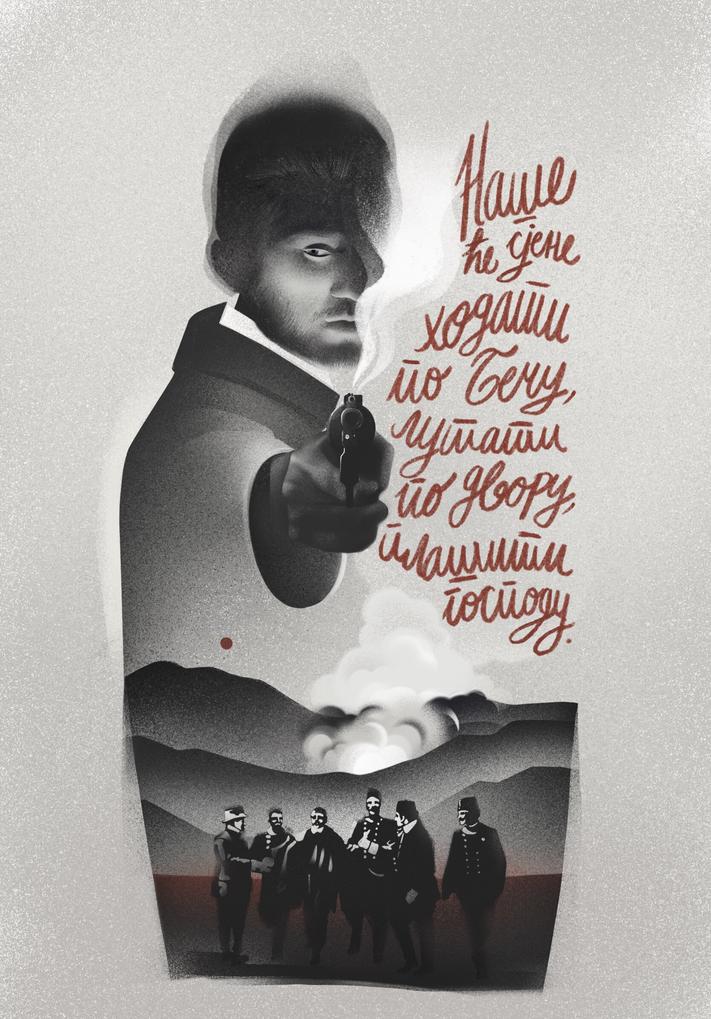
This story about Princip’s pre-assassination snack has gained curious popularity but slips through the cracks when we dig into serious historical accounts. So, let’s carefully unwrap this sandwich myth while we explore why it tastes so good to the imagination yet remains unproven.
From Portuguese Novels to BBC Documentaries: The Origin of the Sandwich Tale
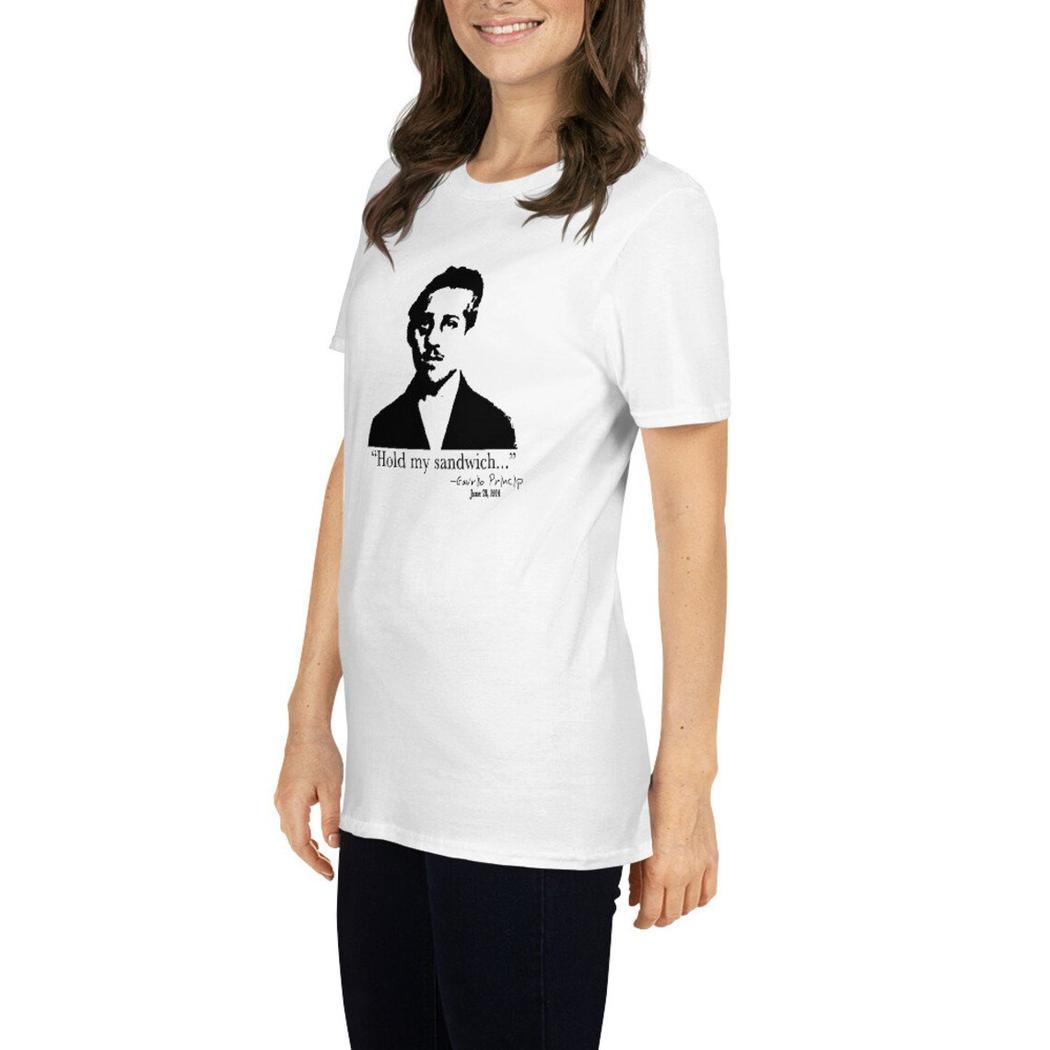
The earliest known appearance of this sandwich story is surprisingly recent. It seemingly sprouts from a Portuguese novel and was then served up to a broader audience by a BBC documentary in the early 2000s. Before that? Nada.
Historians and researchers who have scoured both major and minor sources admit they find no trace of Princip munching on a sandwich in decent documented histories predating 2001. This fact alone raises eyebrows about the story’s authenticity.
Curious, isn’t it, how such a small detail would appear suddenly and become part of a large public narrative? It’s almost as if the tale was crafted for narrative flavor rather than historical record.
Why Was Gavrilo Princip Outside Schiller’s Deli Anyway?
One undeniable fact is that Princip was standing outside Schiller’s delicatessen when he committed the assassination. But here’s where historical detective work hits a snag: the trial transcripts and eyewitness accounts don’t clarify why he was specifically there.
Some folks have tried to fill this blank by applying a little logic — Princip was hungry because Schiller’s sold food, he must have gotten something to eat, ergo, he bought a sandwich. Makes sense in theory, yet that’s exactly the problem. This is inferred reasoning, not documented proof.
It’s like assuming someone at a bus stop bought an ice cream just because they were standing near a vendor. Plausible, but where’s the receipt?
The Human Need for Cause: Why We Love This Sandwich Story
Here’s the heart of the sandwich saga’s appeal: people dislike randomness when it comes to huge historical moments. World War I kicks off after this assassination, a tragedy so immense, we crave clear reasons and neat narratives rather than chance or coincidence.
There’s comfort in imagining Princip grabbed a sandwich because he was hungry, placing a simple human action at the crossroads of a monumental event. It humanizes him, makes the story feel real and relatable instead of a cold historical inevitability.
But does this satisfy the truth, or just our psychological craving for neat stories? History often resists tidy explanations.
Myths and Conspiracies: Sandwiches and Other Attempts to Explain History
The Princip sandwich story falls into a wider category of popular historical myths. Consider a modern analogue: the shooting of Lee Harvey Oswald by Jack Ruby in 1963. Countless theories swirl around that event, many speculating organized plots rather than random chances.
Similarly, while we want to assign clear motives and neat sequences, real life can be messy — driven by chance, accidents, and human error. The Princip sandwich myth is just one example of how myths serve as mental shortcuts to understand complex events.
What Do Historians Say About the Sandwich Story?
Serious scholars and historians approach this sandwich tale with much skepticism. While articles like one from the Smithsonian have creatively explored the story, they admit its speculative nature and lack comprehensive evidence.
Christopher Clark, a respected WWI historian, highlights the messy reality behind the war’s outbreak. He points out that human agency, bumbling leaders, chance encounters, and failures collectively caused the catastrophe—not a cunning, predetermined plan. It’s tempting to believe in neat, causative stories, but often the truth is that mistakes and luck play major roles.
Consequently, historians urge caution. They warn us against romanticizing or oversimplifying history with catchy but unfounded stories like Princip’s sandwich moment.
So, What’s the Real Scoop?
Based on available evidence, the story that Gavrilo Princip bought and ate a sandwich right before shooting Archduke Franz Ferdinand doesn’t hold up to rigorous scrutiny. It seems to be a later invention, a fertile blend of narrative desire and circumstantial guesswork rather than documented fact.
What does remain clear? Princip was at Schiller’s delicatessen on that fateful day. But why? What exactly he did there before the shooting? That’s still a mystery.
Maybe he was hungry. Maybe he was waiting. Or maybe he was simply at the right—or wrong—place at the right time. And isn’t that often how history happens?
Lessons From the Sandwich Story
- Be skeptical of narratives that neatly explain enormous events with tiny details lacking solid proof.
- Look for primary sources before accepting stories that “sound good.”
- Understand history as a web of human choices, luck, and errors rather than perfectly scripted dramas.
- Enjoy the mystery. Sometimes, history is just complicated—and that’s okay.
So next time you hear about the Gavrilo Princip sandwich story, smile, appreciate the humanity behind the tale, but remember: it’s likely just a tasty myth served up to satisfy our hunger for stories.
And hey, if you *do* want a cause-and-effect explanation for WWI, maybe ask what Princip had for breakfast instead—it’s just as mysterious!
